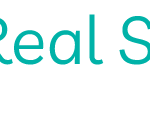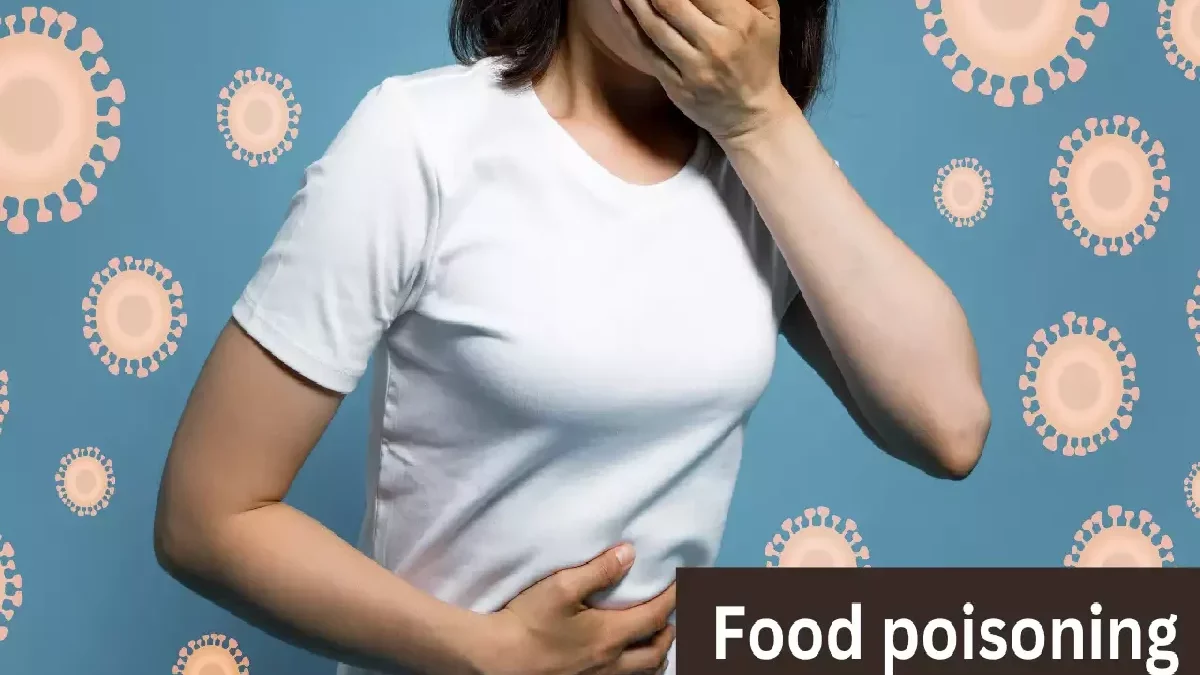Table of Contents
Food Poisoning
Food Poisoning – It occurs when a person ingests food or water containing bacteria, parasites, viruses, or the toxins produced by these microorganisms. However, most foodborne illness cases cause by common bacteria like staph or Escherichia coli.
Causes
Food poisoning can affect one person or a group of people who have eaten the same food. It is more common after eating Food at barbecues, school canteens, large social gatherings, or restaurants.
When Microorganisms enter Food – Contamination – different ways:
- Meat or poultry can contact normal bacteria in an animal’s gut to be processed.
- Water used during cultivation or transportation may contain manure or human waste.
- Food can be handled in dangerous ways when preparing it in supermarkets, restaurants, or at home.
Food poisoning – Eating or Drinking:
- Any food prepared by somebody who does not wash their hands appropriately
- Any food prepared with kitchen utensils, cutting boards, and other tools that are not completely clean
- Dairy products or foods containing mayonnaise (such as coleslaw or potato salad) that have not been in the refrigerator for a long time
- Frozen or refrigerated foods have not been stored at the correct temperature or that have not reheated to the right temperature
- Raw fish or oysters
- Unwashed raw fruits or vegetables
- Raw fruit or vegetable juices and dairy products (note the word “pasteurized,” which means the Food process to prevent contamination)
- Uncooked meat or eggs
- Water from a well or stream or city water that has not been a treat
If raw foods, such as meat, poultry, seafood, and eggs, are not separated, germs from natural foods can spread to other foods. During food preparation, germs can also spread from raw foods to hands, kitchen utensils, cutting boards, and kitchen surfaces. If hands, utensils, cutting boards, and covers aren’t washed very well after coming into contact with raw foods, germs can spread to other foods.
What Types of Germs Cause Food Poisoning?
Virus
If the water comes into contact with the faces of infected people, the water could contaminate with a virus. Contaminated water can transmit the virus to Food. For example, if contaminated water to water or washed fruit and vegetables, the virus can spread there. Similarly, shellfish living in polluted waters could harbor a virus. When people infected with a virus prepare or handle food, they can transmit the virus to Food.
Bacteria
Bacteria are microorganisms that can cause infection or disease. In general, cooking Food ultimately kills bacteria. Bacteria overgrow when the food temperature is between 40 and 140 degrees. Storing Food below 40 degrees in the fridge or freezer can slow or stop the growth of bacteria.
Parasites
They are microorganisms that live inside other organisms. Parasites can enter the body through food or water and become established in the digestive system. In developed countries like the United States, parasitic infections are rare.
Traveller’s Diarrhea
People travelling from the United States to developing countries can get travellers’ diarrhoea. Consuming food or water contaminated with bacteria, viruses, or parasites causes travellers diarrhoea. Although travellers’ diarrhoea is usually acute, some parasites cause diarrhoea that lasts longer.
How Harmful Chemicals Cause Food Poisoning?
Harmful chemicals found in some foods, including:
- Fish and shellfish that contain toxins produced by algae or bacteria
- certain types of wild mushrooms
- unwashed fruits and vegetables that contain high levels of chemical pesticides
Contaminants in Food: What they are and How to Avoid them?
Ensuring the safety and quality of what we eat or feed the animals is a growing concern for governments. It is regulated mainly by law in the European Union. Therefore, it is necessary to reduce the risks affecting this safety and quality to an acceptable level. One of these risks concerns food contamination.
Cross-contamination. Food contaminants are not intentionally added to food products but are incorporated into them at each stage of the food chain: production, processing, transportation, and post-contamination storage. These non-food substances can be biological, physical, or chemical, depending on their origin. In this article, we will talk about them, the types that exist, the main routes and sources of Contamination, and how to avoid them to guarantee food safety and quality.
Food Poisoning – Types of Contaminants in Food.
Therefore, Depending on the origin of the contaminants, there are different types: biological, chemical, and physical. All foods are susceptible to Contamination from any of these sources. Understanding these four types of pollution is the first step in managing the risks involved.
- biological contaminants
- chemical impurities
- physical impurities
Food Poisoning Risk Groups of Contaminants in Food
Although anyone can acquire foodborne theory infection from contaminants in Food, specific populations are at greater risk.
Children under five years Old
In addition, with a weak immune system and lower body ability to fight infections, this group is more prone to food poisoning, which leads to dehydration and diarrhoea.
Pregnant Woman
Pregnancy is a period when the woman and fetus are vulnerable, so medical examinations always emphasize risky foods, such as undercooked or raw meat and fish, unpasteurized dairy products, etc. For this reason, food poisoning carries a much higher risk of complications.
The Elderly
Due to their weakened immune systems, people over 65 are also more likely to be hospitalized for food poisoning than other groups. Your organs do not recognize and eliminate pollutants as quickly as others.
People with Weakened Immune Systems.
Again, a weak immune system makes it harder for the body to cope with illness so food poisoning can have a more severe effect on those affected than on others. Diseases such as diabetes, high blood pressure, or kidney or liver disease imply low immunity and put those who suffer from them at higher risk.
Processing
Therefore, You usually feel better after a few days. The goal is to relieve symptoms and ensure your body has the correct fluids. Staying hydrated and knowing what to eat will help you feel good. You might need:
- Manage diarrhoea
- Control nausea and vomiting
- get enough rest
Whereas Oral rehydration powder purchased from pharmacies. Firstly, You can take oral rehydration mixes to replace fluids and minerals lost through vomiting and diarrhoea. Be sure to mix the powder in potable water. You can make your mixture by dissolving ½ teaspoon or 3 grams of salt and ½ teaspoon (2.3 grams) of baking soda and four tablespoons or 50 grams of sugar in 4 ¼ cups (1 litre) of water. If you have diarrhoea and cannot drink or retain fluids, you may need to give them intravenously. It may be more common in young children. If you take diuretics, ask your doctor if you should stop taking them while you have diarrhoea. Never stop taking or changing medications without first talking to your doctor.
You can buy medicines at the pharmacy to relieve diarrhoea.
- Do NOT use these medicines without telling your doctor if you have bloody diarrhoea or fever or if the diarrhoea is severe.
- DO NOT give these tablets to kids.
Conclusion
However, it is better known as food poisoning, which results from eating contaminated, spoiled, or poisonous. The most mutual signs of food poisoning are nausea, vomiting, and diarrhoea. Even though quite painful, food poisoning is not uncommon.


